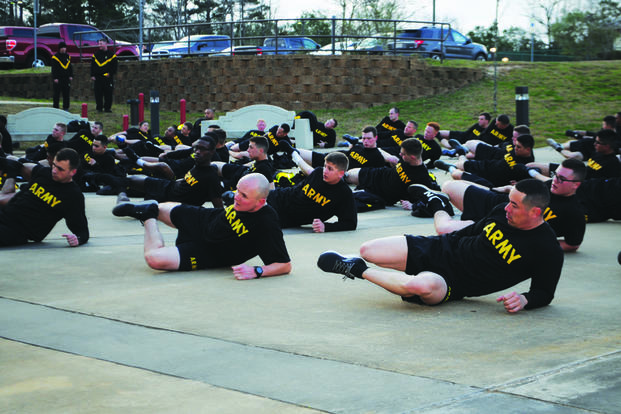Whether to stretch or not is a common discussion among all types of fitness enthusiasts. The answer largely depends on the individual and the activity accomplished that day. Here is a common question:
Stew, Thanks for the stretching information this week. You can definitely go down a rabbit hole to find opinions on stretching. What are your preferences before workouts -- static or dynamic stretching? How about swimming? Do you just start swimming or stretching first? Thanks, Rashad.
Rashad, thanks for the note and question. Although I believe we all have different preferences and opinions on stretching, here is what has worked for me throughout my years of training, attending military schools and working.
Warm-ups Before a Workout or Training
Prior to any physical activity that includes sports, workouts, military training or even shoveling snow or raking, my advice is to do some form of warm-up. What that warm-up actually looks like is completely your preference. You can walk, jog, bike or swim to get the blood flowing and the body moving and "warmed up."
Then, stretching is up to you. I tend to do a mix of light calisthenics and dynamic stretches for the next 5-10 minutes, depending on what muscle group I am going to be working in the upcoming session. Finally, I will do some short, static stretches of joints and the connective tissue around potential trouble spots for me.
For instance, I have bigger-than-average calves not necessarily made for long runs, so I tend to stretch my feet, calves, shins and Achilles' area after warming up. Sometimes, I may even stop about a mile into that run and do a light stretch, if needed. To answer your specific swimming question, yes, I will warm up by swimming a few laps, then add in some static stretches of the shoulders, arms, back and legs.
Finding a way to mix in some dynamic stretches prior to workouts and a few static stretches is my preference and is usually done with calisthenics warm-up pyramids like the following:
Upper-body day: Push-ups/pull-ups half pyramid with 50-meter runs between each set.
- Set 1: 1 push-up, 1 pull-up, jog 50 meters
- Set 2: 2 push-ups, 2 pull-ups, jog 50 meters
- Set 3: 3 push-ups, 3 pull-ups, jog 50 meters ...
Keep going up the pyramid and stop where you feel like you are warmed up and primed for the next activity of more calisthenics or lifting weights. We usually go up until we get to Set 10, which will accumulate 55 push-ups and pull-ups and 500 meters of jogging.
Lower-body day: Squats/toe touch half pyramid with 50-meter runs between each set. These are calisthenics and not weighted squats.
- Set 1: 1 squat, 1 toe touch, jog 50 meters
- Set 2: 2 squats, 2 toe touches, jog 50 meters
- Set 3: 3 squats, 3 toe touches, jog 50 meters ...
Keep going up the pyramid and stop where you feel warmed up and primed for the next activity of more calisthenics or lifting weights. We usually go up until we get to set 10, which will accumulate 55 squats and toe touches and 500 meters of jogging.
After the Workout
I largely do the same type of cooldown as my warm-up, just in reverse, but instead of running, I just add static stretches between each reverse pyramid set. It looks like this:
- Set 1: 10 push-ups; stretch arms, chest or shoulders
- Set 2: 9 push-ups, stretch ...
- Set 3: 8 push-ups, stretch ... and work your way down the reverse side of the pyramid until you get to one repetition.
We do the same for leg days as well, but with squats and/or toe touches to loosen up from the workout.
Find what works best for you and you can move into your athletic, military and post-athletic years with more flexibility, mobility and perhaps even fewer injuries, because you engaged in some form of stretching program consistently.
Stew Smith is a former Navy SEAL and fitness author certified as a Strength and Conditioning Specialist (CSCS) with the National Strength and Conditioning Association. Visit his Fitness eBook store if you're looking to start a workout program to create a healthy lifestyle. Send your fitness questions to stew@stewsmith.com.
Want to Learn More About Military Life?
Whether you're thinking of joining the military, looking for fitness and basic training tips, or keeping up with military life and benefits, Military.com has you covered. Subscribe to Military.com to have military news, updates and resources delivered directly to your inbox.



















